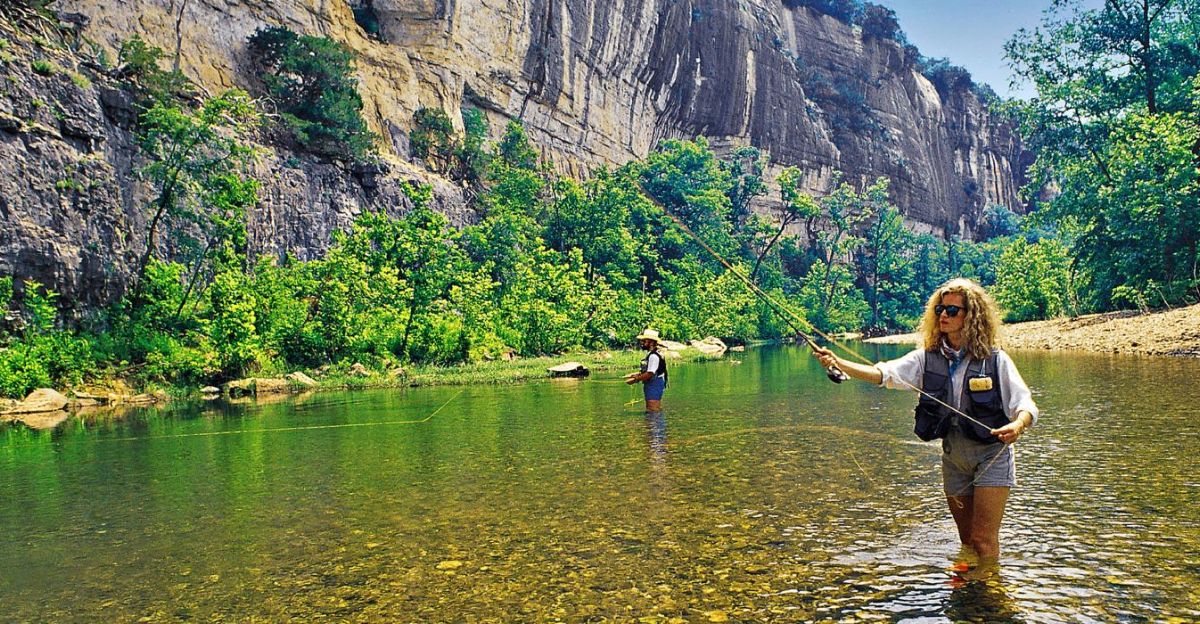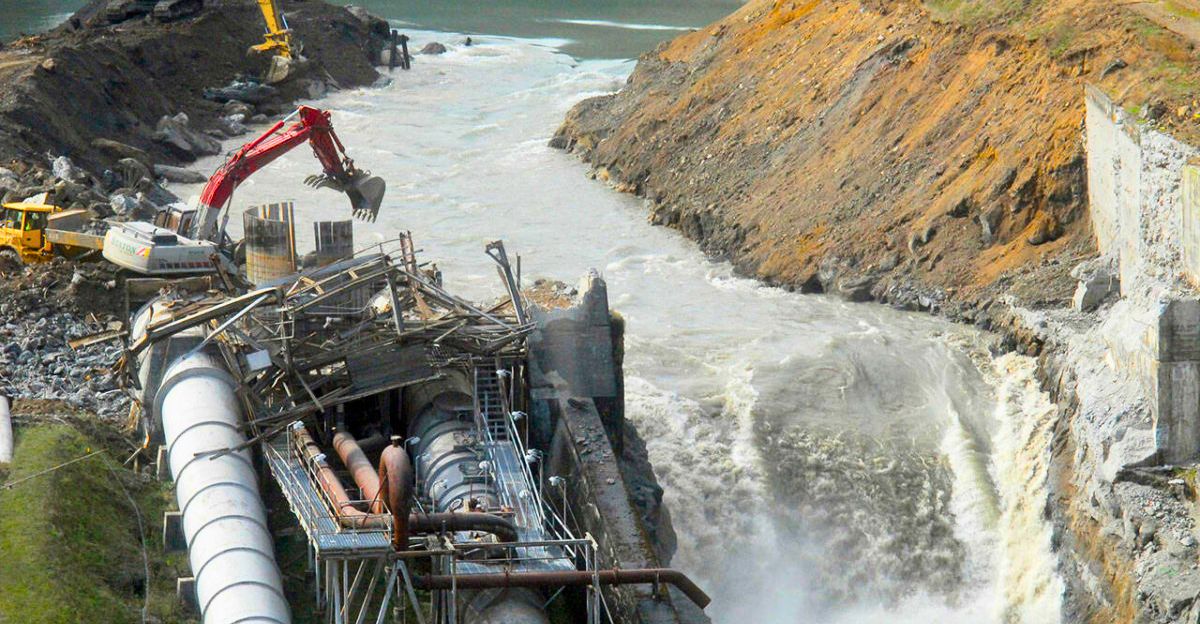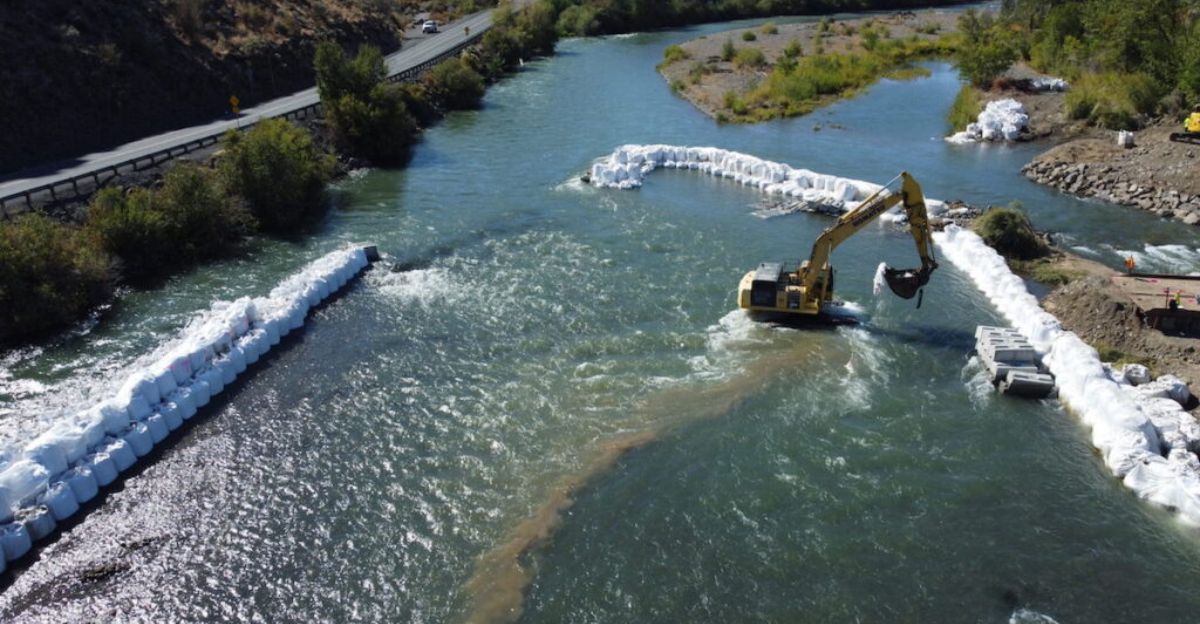
A subtle but compelling revolution is taking place throughout the northeastern United States. Rivers that were once clogged by ancient dams now flow freely, which has led to significant changes. As nature renews itself, unanticipated challenges such as spikes in ammonia and displaced wildlife are being noticed. This is what’s happening.
Why Remove Dams?

Some of the Northeast’s dams were built centuries ago to supply long-defunct industries. No longer carrying the natural flow of water, they are now a safety hazard. Conservationists, towns, and landowners are now stepping in to restore these rivers by removing ancient barriers.
The Immediate Impact

The effects of dam removal are practically immediate. Rivers become rejuvenated, fish re-emerge in record high numbers, and water quality improves. But there’s a caveat: a noticeable increase of ammonia, a nitrogen chemical that creates unforeseen environmental shockwaves. Its instantaneous flush into the environment spikes water toxin levels and poisons aquatic life.
The Ammonia Surge Described

Trapped behind dams are sediments loaded with decades of decaying organic material. When released, it is rapidly decomposed by bacteria that emit ammonia. Scientists have recorded a five-fold surge in ammonia in some areas, which temporarily alters water chemistry.
Fish, Eagles, and a Disrupted Ecosystem

But something else is happening too. When the number of fish rises, so do the eagles that prey upon them. Eagles that were previously reliant on dams and streams being constantly stocked now hunt migrating fish, sometimes even entering urban areas to find food.
Cities See More Eagles

As rivers adjust and patterns of prey adapt, eagles are finding a way. They are appearing in city parklands, along busy roadways, and even ontop of city buildings. It’s an interim adjustment, according to experts, while the environment readjusts into a new balance.
A Win for Aquatic Life

Despite the spikes in ammonia, fish are doing well. Fish breeds like alewives, shad, and even the critically listed Atlantic sturgeon are taking over traditional spawning areas. Conservationists rank this as one of the best river restoration success stories.
A Boon for Local Communities

Free-flowing rivers are more than just an environmental success. Cities on these rivers benefit from diminished hazards, improved water quality, and new recreation activities such as kayaking, fishing, and waterfront tourism.
The Economic Dividend

Active riverfronts attract businesses and tourists, stimulating local economies. Once stagnant reservoirs now act as civic centers, attracting outdoor recreationists and enhancing property values.
Lessons for Other Places

A victory in the Northeast is a model for other places contemplating dam removals. Other restoration projects, from wetland restoration to city oases, show that nature recovers well when given the opportunity.
Challenges Persist

Though there are pros, there are still notable problems including ammonia surges, temporary territory upheavel, and altered predator-prey dynamics. Policymakers and scientists have to collaborate for the purpose of smoother transitions.
Looking Ahead

Additional dams will come down, experts say, and ecosystems will keep on changing. While there are a few short-term challenges that could emerge, long-term benefits; healthier rivers, healthy wildlife, and economic renewal, make dam removal a promising option.
A Natural Success Story

The return of free-flowing rivers is a tribute to the resilience not only of nature but also of the people who rely on it. As we look to the future, the Northeast’s experience with dam removal teaches us that when we mend nature, it gives back.
Explore more of our trending stories and hit Follow to keep them coming to your feed!

Don’t miss out on more stories like this! Hit the Follow button at the top of this article to stay updated with the latest news. Share your thoughts in the comments—we’d love to hear from you!







